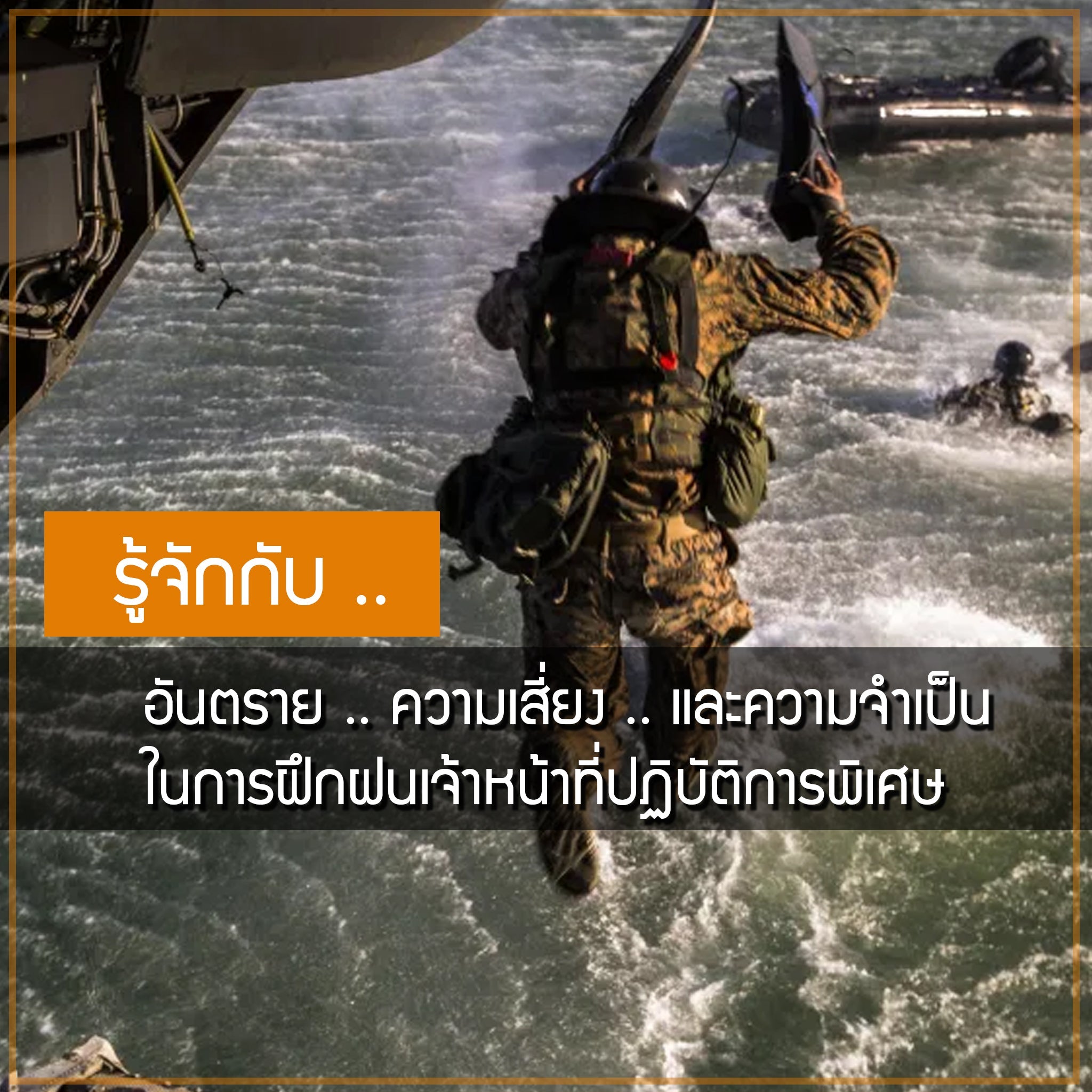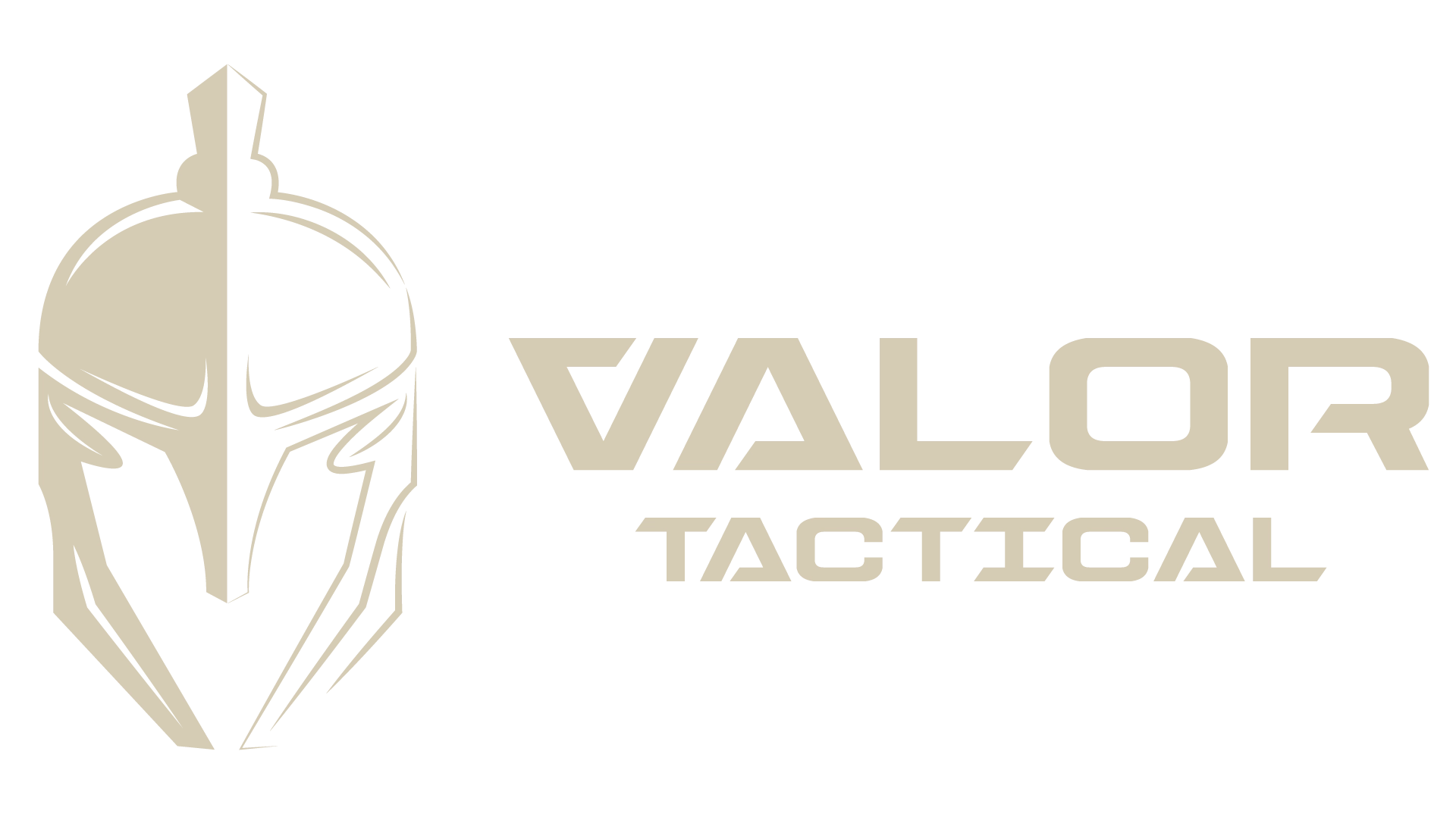And the most terrifying in the history of mankind ...

Illustration: Image of the 4% of US soldiers who survived on Omaha Beach.
In the first beach assault of the Battle of Normandy
It is clear from the statistics that 96% of American military menwho were killed or injured in the Battle of Omaha Beach
In the Normandy battle, D-Day was a day of great death.
and the number of injured is almost uncountable, not including the remaining 4% who survived.
But I had to face emotional pain and later developed mental health problems.
Even though he was not physically injured that day…

Illustration: Green Berets special forces unit in jungle survival training
"High-risk training" is one form of training.
The army will use the principles of simulating situations/events/locations.
To create hardship and suffering for the trainees.
In each situation that must be faced in different forms ..
But what? What will be used as a criterion to measure and verify that the training is effective?
What is the level of risk? What militaries around the world choose to use
To set the criteria for training, how risky is the training?
That is "Percentage of injured people accepted per 1 training session".
In terms of percentages, it is one of the secrets of each country.
Or in each unit, they don't really want to reveal it officially...
But mostly in special operations training
Will be able to accept the statistics of "5% of injuries per 1 training"
Or to put it simply, "Out of 100 people, if 5 people are injured or die,
That is acceptable. " Which is actually quite a lot.

But even so... Russia is an extremely brutal combat unit.
Whether it's Spetsnaz training or KGB training, the statistics may skyrocket.
At the level of "10% of injuries per training"
Even though the numbers seem so large that they seem a bit inhumane,
But I would like everyone to look carefully at the following information...
During 2006 - 2018, according to data from Congress,
More than 31.9% of personnel are deployed to the battlefield.
Deaths from various causes such as accidents and 16.3% died while in combat (KIA).

Which is certainly training in high-risk situations.
It is one of the ways to prepare the staff.
To prepare for situations that are much more risky than training.
and help reduce the loss of personnel in real combat situations
But it's also a double-edged sword...
In this training, there are many risks involved, so much so that sometimes
It may lead to tragedy from training.

For example, an accident involving an amphibious assault vehicle (AAV).
which resulted in the loss of up to 4 officers and led to a plane crash
That claimed the lives of two Night Stalker special operations officers.
Just this past August 27th
Both incidents occurred at the same training center.
That's the California coast near Colorado, and that's it.
Another piece of evidence showing the training risks for officers
Special operations to prepare for future real-world events

To be inducted into the US Army's Green Berets special forces unit.
Trainees will have to go through many difficult courses, one of which is:
Water Operation Training Course (Combat Diving)
and training in high altitude, low altitude parachuting (HALO), which is considered
This is another high-risk exercise.
But even better is the joint training with submarines.
From surface training to submarine training
There are only two places where they can conduct training on these topics.
One of them is the Key West Center in Florida, with
Maritime Operations Training Center in Colorado, California
Both of these training centers will have stations simulating training on submarine entry/exit movements.
In both floating and diving conditions.

Illustration: A view from inside the Escape Tank survival training station on a submarine.
In the Key West training center, there is a school specifically for special forces units.With Escape Tank installed by disassembling from
A real decommissioned nuclear submarine connected to a water tank.
5,000 gallons in size and over 33 feet deep.
And in the training center in Colorado, there will be similar training equipment.
which will be used for training of the Naval Special Operations Unit (Navy Seals)
In the training, there will be basic principles and procedures.
For moving in/out of submarines and for survival training.
In a subsequent emergency situation, using realistic terrain simulation

Illustration: Students practicing submarine survival in the training center.
It is in that place that students will get to know pressure and stress.
and problems that need to be solved immediately in order to survive various situations
Through the risks that must be faced in a controlled environment, whether it is the amount of water
Air pressure, pressure and many more to create pressure for the practitioner.
From that arduous training, it will certainly bring benefits to the practitioner.
To deal with unpredictable, dangerous and training situations
To overcome fear, trust each other and work together as a team.

That is the point that will allow them to stay calm.
and lead yourself and your team to survive in various situations on the battlefield.
To the point of being able to successfully complete difficult missions, worthy of being
He is the country's leading special operations officer.
And this is the purpose of the special operations officers.
It takes dedication and jumping into high-risk training every day.
Because creating a special operations officer is not an easy matter.
Valor Tactical would like to encourage all special operations officers.
Article title: " The Danger and Design of High Risk Training "
Source: https://sofrep.com/news/the-danger-and-design-of-high-risk-training/
Written by: George E.Hand IV on September 1, 2020
Translated and edited by: Ranakrit " VikinGz " Sriphumma on October 12, 2020


